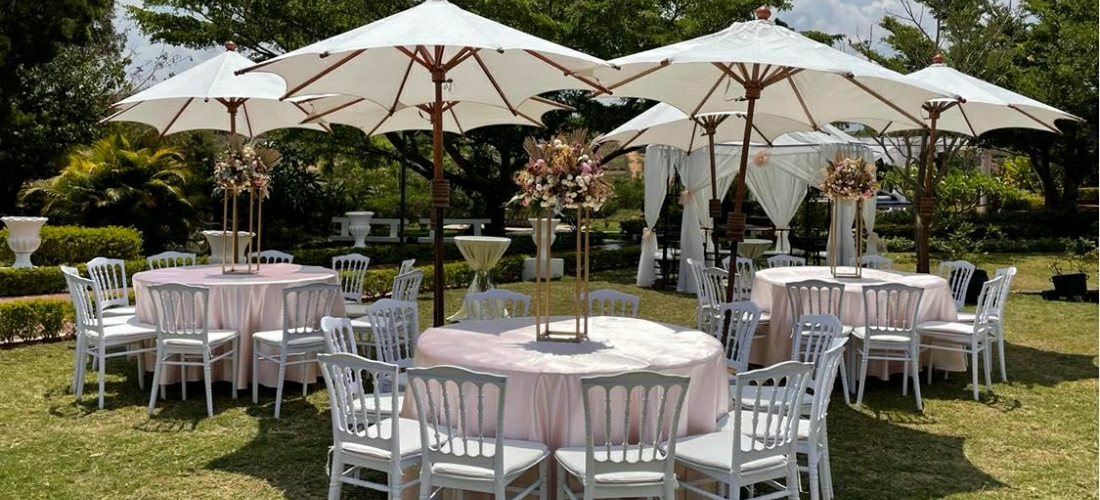How to Calculate Fixed Assets for a Balance Sheet
Although the list above consists of examples of fixed assets, they aren’t necessarily universal to all companies. In other words, what is a fixed asset to one company may not be considered a fixed asset to another. With the exception of land, fixed assets are depreciated to reflect the wear and tear of using the fixed asset. Investors, on the other hand, use this metric for a variety of different reasons. Net fixed assets helps investors predict when large future purchases will be made.
A fixed asset is a long-term tangible property or piece of equipment that a company owns and uses in its operations to generate income. These assets are not expected to be sold or used within a year and are sometimes recorded on the balance sheet as property, plant, and equipment (PP&E). Fixed assets are subject to depreciation, which accounts for their loss in value over time, whereas intangible assets are amortized. Fixed assets are often contrasted with current assets, which are expected to be converted to cash or used within a year. A company’s balance sheet statement includes its assets, liabilities, and shareholder equity.
How to Calculate Fixed Assets for a Balance Sheet
These can be helpful for smaller businesses whose cash flow might not be enough to support a traditional loan approval. Where it becomes slightly more complicated, however, is when it comes to recording the value of the fixed asset on the https://kelleysbookkeeping.com/ balance sheet and when accounting for depreciation over the course of its life. As a general rule, private business corporations don’t have to disclose who owns how many of their capital stock shares in their financial statements.
- As a result, the ROA helps investors determine how well the company is using that capital investment to generate earnings.
- Contrary to a noncurrent, fixed asset, a current asset is an asset that will be used or sold within one year.
- The depreciation expense is recorded on the income statement and offsets taxable income.
- For example, a company that purchases a printer for $1,000 using cash would report capital expenditures of $1,000 on its cash flow statement.
- Public companies, on the other hand, are required to obtain external audits by public accountants, and must also ensure that their books are kept to a much higher standard.
All revenues the company generates in excess of its expenses will go into the shareholder equity account. These revenues will be balanced on the assets side, appearing as cash, investments, inventory, or other assets. If the laptop is being used in a company’s operations to generate income, such as by an employee who uses it to perform their job, it may be considered a fixed asset.
Customs & duties management
Balance sheets provide the basis for computing rates of return for investors and evaluating a company’s capital structure. The acquisition or disposal of a fixed asset is recorded on a company’s cash flow statement under the cash flow from investing activities. The purchase of fixed assets represents a cash outflow (negative) to the company while a sale is a cash inflow (positive). If the asset’s value falls below its net book value, the asset is subject to an impairment write-down. This means that its recorded value on the balance sheet is adjusted downward to reflect that it is overvalued compared to the market value.
Accounts Payables, or AP, is the amount a company owes suppliers for items or services purchased on credit. As the company pays off its AP, it decreases along with an equal amount decrease to the cash account. Inventory and PP&E are both considered tangible assets, meaning that they can be physically “touched”. Depending on the company, different parties may be responsible for preparing the balance sheet. For small privately-held businesses, the balance sheet might be prepared by the owner or by a company bookkeeper. For mid-size private firms, they might be prepared internally and then looked over by an external accountant.
Practice management & growth
These assets, which are often equipment or property, provide the owner long-term financial benefits. It is expected that a business will keep and use fixed assets for a minimum of one year. The value of fixed assets decline as they are used and age (except for land), so they can be depreciated.
The fixed assets except for land will be depreciated and their accumulated depreciation will also be reported under property, plant and equipment. On the other hand, current assets are assets that the company plans to use within a year and can be converted to cash easily. While current assets help provide a sense of a company’s short-term liquidity, long-term fixed assets do not, due to their intended longer lifespan and the inability to convert them to cash quickly.
What Are the Uses of a Balance Sheet?
The new owner had a client with a good size project to immediately start. He had lined up some office space and liability insurance, and hired seven other architects, a couple of engineering consultants, an accountant and an administrative assistant. He also borrowed $200,000, repayable quarterly https://quick-bookkeeping.net/ over four years at 6% interest ($12,500, plus interest, per quarter), and invested $100,000 of his own. However, an understanding of certain fundamentals—by every manager at every level of a firm—is imperative for the firm to be able to manage toward profit and financially stability.
For financial reporting purposes, the business entities must record and disclose different standards used to realize, recognize, and calculate the fixed assets. Similarly, the inspection costs for assessing any faults in the fixed assets are also recognized as the cost of fixed assets. However, recognition remains the same criteria as discussed above(economic benefit & cost ascertainment). Any costs related to replacements of parts in fixed assets will be added to the cost to recognize the carrying amount of the fixed assets. There can be more fixed assets of a company depending on the nature of a business. For example, an airplane will be a fixed asset for an airline, and a bus will be a fixed asset for a transportation company.
Fixed Assets: Capitalized Accounting Treatment
When a fixed asset reaches the end of its useful life, it is usually disposed of by selling it for a salvage value. This is the asset’s estimated value if it was broken down and sold in parts. In some cases, the https://bookkeeping-reviews.com/ asset may become obsolete and will, therefore, be disposed of without receiving any payment in return. Either way, the fixed asset is written off the balance sheet as it is no longer in use by the company.




